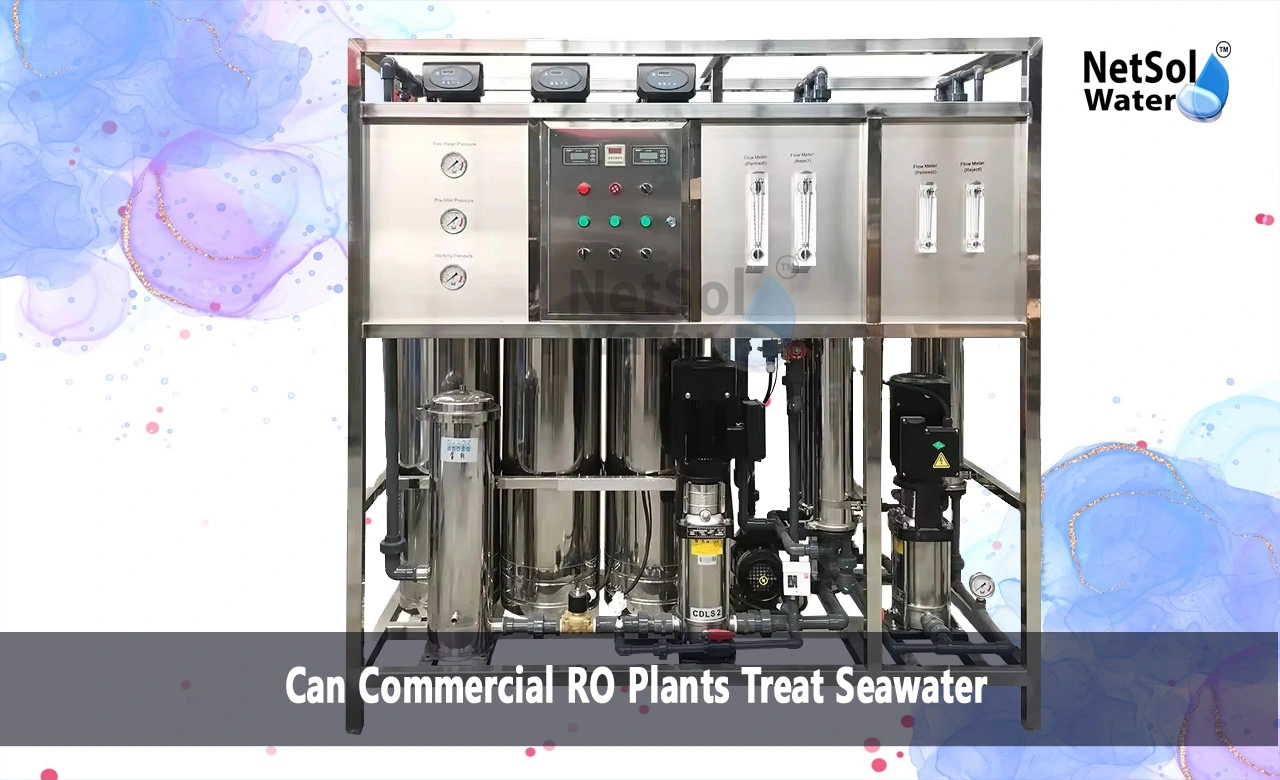Can Commercial RO Plants Treat Seawater?
With increasing water scarcity affecting communities worldwide, the need to tap into alternative water sources like seawater desalination is becoming increasingly crucial. Reverse osmosis (RO) membrane technology has emerged as a leading desalination solution, offering a reliable and energy-efficient method to remove dissolved salts and impurities from water sources. However, a common question arises - can the same commercial RO plants designed for brackish water treatment also handle the challenges of treating seawater effectively? Let's explore this topic in depth.
The Seawater Desalination Challenge
While the fundamental RO process remains the same for both brackish water and seawater sources, treating seawater presents some unique and formidable obstacles that must be addressed. The primary challenge lies in the significantly higher salinity levels found in seawater. On average, seawater contains around 35,000 parts per million (ppm) of total dissolved solids (TDS), whereas brackish water is typically below 10,000 ppm TDS. This hypersaline feed water exponentially increases the osmotic pressure that the RO membranes must overcome during the desalination process.
Furthermore, seawater contains elevated levels of other contaminants and impurities that can severely foul or degrade RO membranes over time if not adequately pretreated. These include compounds like silica, boron, chlorine, sulfates, and even microorganisms. The prolonged exposure to the corrosive nature of seawater can compromise the integrity and lifespan of the membranes, leading to decreased performance and higher operational costs.
Overcoming the Obstacles with Specialized Design
To successfully treat seawater using RO technology, commercial seawater RO (SWRO) plants require specialized pretreatment systems, tailored membrane elements, and advanced design features to overcome the challenges posed by the hypersaline feed water. Here are some key adaptations:
1) Intensive Pretreatment - Compared to brackish water RO plants, SWRO facilities employ more rigorous and multi-stage pretreatment trains. These typically involve chemical conditioning, coagulation, ultrafiltration, microfiltration, and cartridge filtration to remove suspended solids, colloids, microorganisms, and sparingly soluble constituents that could rapidly foul or scale the RO membranes.
2) High-Rejection Membranes - SWRO plants utilize specialized polyamide thin-film composite membranes designed to withstand the high salinity levels and extreme pressure requirements (800-1000 psi) needed to overcome seawater's osmotic pressure. These membranes offer higher salt rejection rates and permeability while maintaining robustness against the harsh feed water conditions.
3) Advanced Energy Recovery - The high-pressure pumping needs make SWRO plants extremely energy-intensive operations. To improve overall plant efficiency and reduce operating costs, they incorporate advanced energy recovery devices like isobaric or turbocharger systems. These devices recycle and repressurize the concentrated brine stream, reducing the energy required for the high-pressure feed pumps.
4) Specialized Materials - All wetted components in an SWRO plant, such as pipes, pumps, vessels, and membranes, are constructed from corrosion-resistant materials like superduplex stainless steels, nickel-based alloys, or specialized plastics. This prevents degradation and extends the lifespan of the equipment when exposed to the highly corrosive hypersaline seawater.
5) Modular Design - Many large-scale SWRO facilities adopt a modular design approach, with multiple parallel RO trains or racks. This modular configuration allows for easier maintenance, flexible operation, and the ability to expand capacity incrementally as needed.
Conclusion:
While the underlying RO process is the same as brackish water desalination, these specialized design enhancements allow Sea Water RO plants to reliably and efficiently convert seawater into high-quality freshwater suitable for municipal, industrial, or agricultural usage. However, it's important to note that the capital costs and energy requirements of large-scale Sea Water RO facilities are substantially higher compared to brackish water desalination plants due to the additional pretreatment, high-pressure operations, and specialized materials involved.
As desalination technology continues to advance, with improvements in membrane performance, energy recovery systems, and overall plant efficiency, Sea Water RO desalination is playing an increasingly important role in diversifying freshwater sources for water-stressed regions globally. With proper planning, design, and operational strategies, commercial RO plants can indeed treat seawater, offering a sustainable solution to address water scarcity challenges in coastal areas and islands.
Netsol Water is Greater Noida-based leading water & wastewater treatment plant manufacturer. We are industry's most demanding company based on client review and work quality. We are known as best commercial RO plant manufacturers, industrial RO plant manufacturer, sewage treatment plant manufacturer, Water Softener Plant Manufacturers and effluent treatment plant manufacturers. Apart from this 24x7 customer support is our USP. Call on +91-9650608473, or write us at enquiry@netsolwater.com for any support, inquiry or product-purchase related query.



